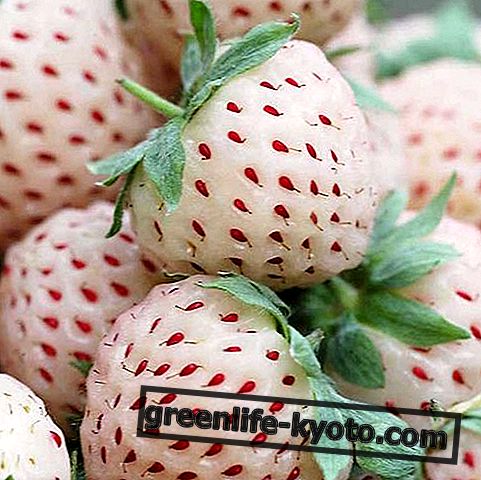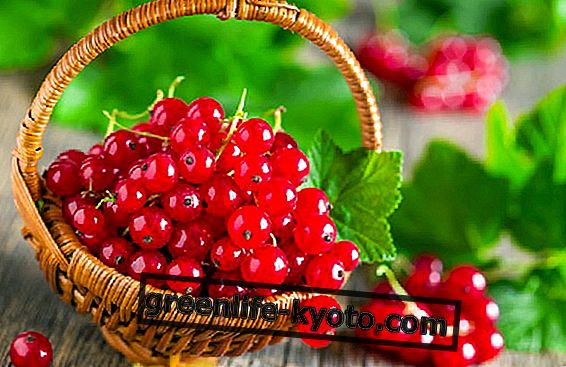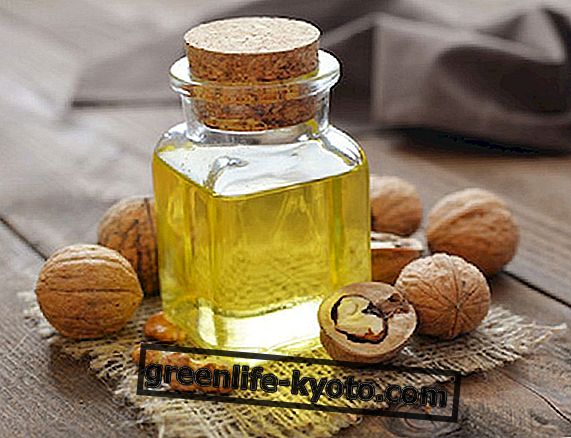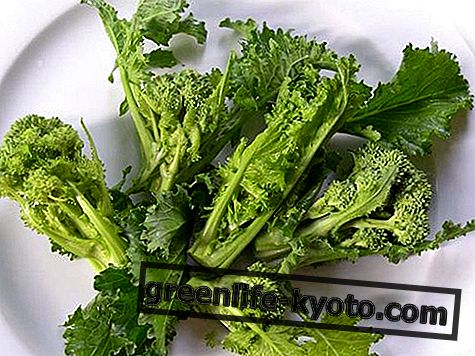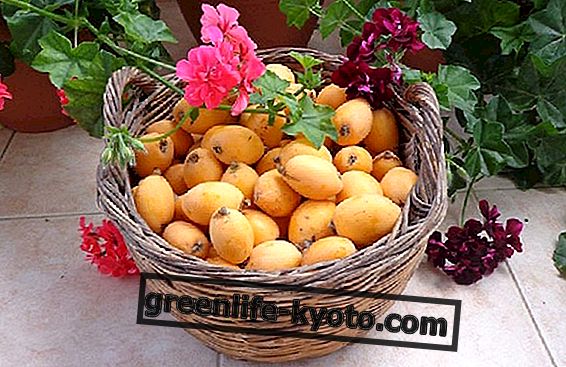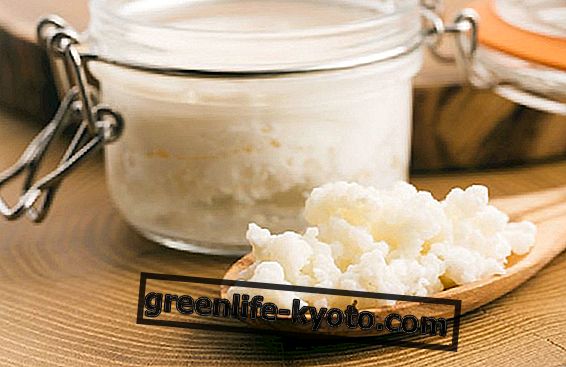
We speak of a magical plant, which also enchanted Goethe to whom he dedicated a poem called Ginkgo Biloba and some verses read like this: " The leaf of this tree, from the east, entrusted to my garden, a secret meaning makes us taste as the wise like to do . Is it a single living thing that has divided itself? Or they are two, that they have chosen, they know each other as a [...] ".
Goethe was a naturalist and was interested in botany and a majestic plant like the Gingko Biloba could not escape his attention. It is a millenary colossus, even defined as a living fossil because its origins date it back to about 200 million years ago.
It can reach 40 meters in height and exhibit a frond about 10 meters wide. The particularity to which Goethe refers is the bilobed leaf, a sort of double fan that merges into a single entity in the center, with a bright green color, which in autumn is tinged with a uniform golden yellow.
It is born in China but now its cultivation is spread all over the world, in Europe, in Japan, in the United States. Its power and its having crossed undamaged the geological eras make it the analogy of the tree of longevity .
Suffice it to say that the year after the tragedy of Hiroshima the Ginkgo Biloba plants present at the time of the explosion are heavily damaged, have sprouted and emitted their new leaves: for the Japanese it is the plant of rebirth .
Also read Ginkgo biloba, a natural eye supplement >>
Ginkgo Biloba: how to grow it
If we were fascinated by the history and meaning of Ginkgo Biloba and we want to have one all for ourselves in our garden we must have some features of this large plant very clear.
It is a tree that lives well in any environment, at any latitude, in any type of terrain. It is practically immune to smog and disease, given that the atomic bomb radiation has not scratched its lifeblood, so perhaps even the "non-green thumbs" can dare ...
In nature there are Ginkgo Biloba males and Ginkgo Biloba females and the latter when they bear fruit they stink terribly! Or rather it is the shell of the fruit that when it rots emits a very unpleasant smell .
In the market we often find Ginkgo seeds but it is difficult to determine whether they are male or female so the experts advise the purchase of male clones obtained from a graft . They do not bear fruit and therefore do not make the air stinky at certain times of the year.
We take into consideration the spaces to be made available to the plant since it grows very quickly in height and after about 20 years it will also fully develop its wide crown. Also among the grafts it is possible to buy even varieties with smaller dimensions.
For the first few years pruning is not recommended, so it is really the ideal plant for those who have large spaces available, little time and little familiarity with botany, but above all they want to leave a green legacy with multiple symbolic and phytotherapeutic values for future generations.
